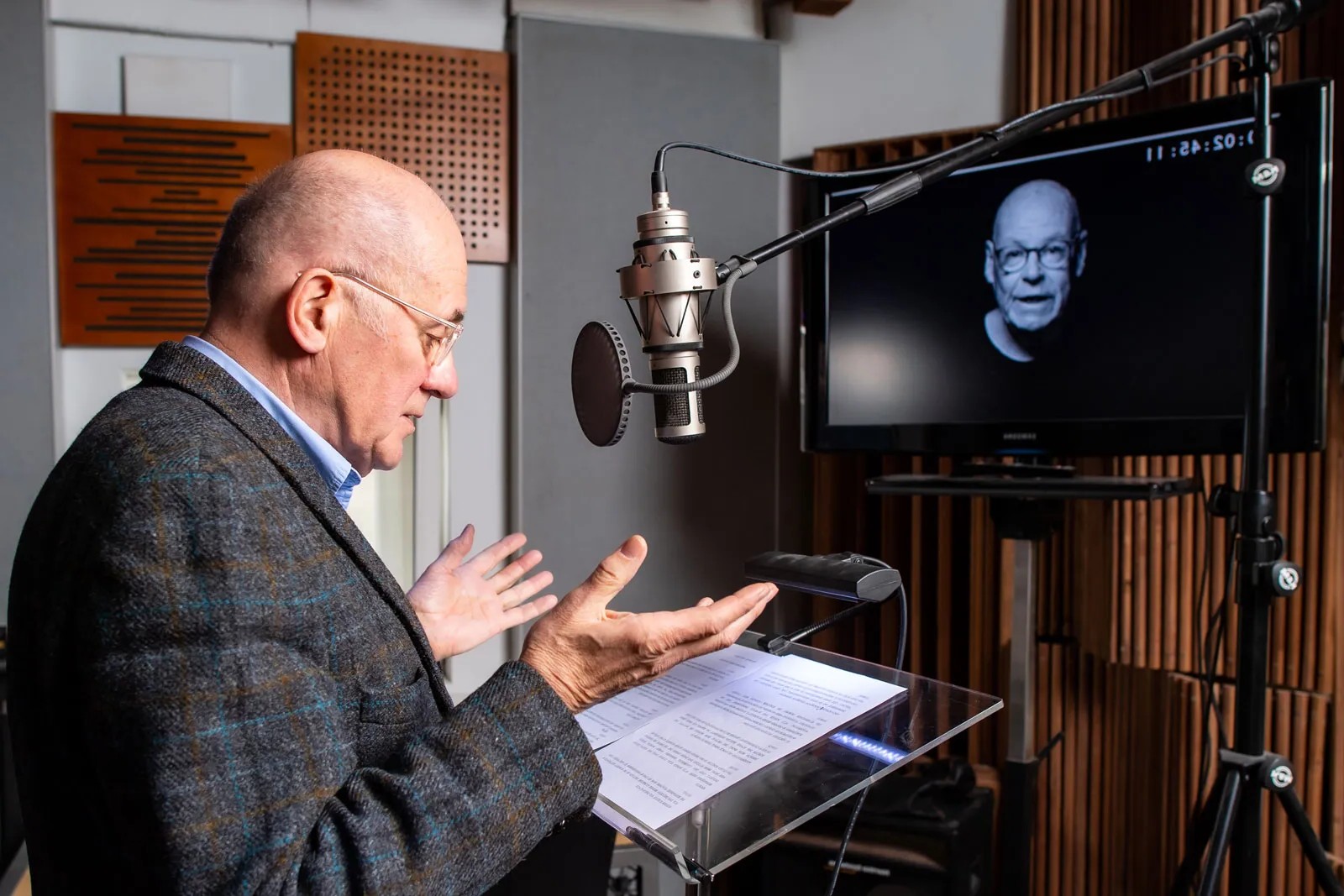
Dubbing is a fascinating process that brings foreign films and TV shows to life in different languages. Ever wondered how your favorite anime character speaks perfect English or how a French movie sounds so natural in Spanish? Dubbing involves replacing the original dialogue with new recordings in another language, matching the actors' lip movements and emotions. This art form requires skilled voice actors, sound engineers, and directors to ensure the final product feels seamless. From animated classics to blockbuster hits, dubbing plays a crucial role in making content accessible and enjoyable for audiences worldwide. Ready to dive into some intriguing facts about dubbing? Let's get started!
What is Dubbing?
Dubbing is the process of replacing the original dialogue in a film or TV show with dialogue in another language. This allows audiences who speak different languages to enjoy the same content.
- Dubbing is also known as "revoicing" or "lip-sync dubbing."
- It involves translating the script, recording new dialogue, and syncing it with the actors' lip movements.
- The first known instance of dubbing was in the 1930s when sound films became popular.
The History of Dubbing
Dubbing has a rich history that spans almost a century. It has evolved significantly since its inception.
- The first dubbed film was "The Jazz Singer" in 1927, which featured synchronized dialogue.
- In the 1930s, Hollywood studios began dubbing films for international markets.
- During World War II, dubbing was used for propaganda purposes to spread messages in different languages.
The Dubbing Process
The process of dubbing is intricate and involves several steps to ensure the final product is seamless.
- The first step is translating the original script into the target language.
- Next, voice actors are cast to match the original actors' voices and tones.
- The new dialogue is recorded in a studio, often requiring multiple takes to get it right.
- Finally, the new audio is synced with the original video, ensuring the lip movements match the new dialogue.
Dubbing vs. Subtitling
Dubbing and subtitling are two methods of translating content, but they have distinct differences.
- Dubbing replaces the original audio, while subtitling adds translated text at the bottom of the screen.
- Dubbing is often preferred for animated films, where lip-syncing is less noticeable.
- Subtitling is generally cheaper and faster than dubbing.
- Some audiences prefer dubbing for a more immersive experience, while others prefer subtitling to hear the original actors' voices.
Dubbing Around the World
Different countries have unique approaches to dubbing, reflecting their cultural preferences and industry standards.
- In Germany, almost all foreign films and TV shows are dubbed.
- In Japan, anime is often dubbed into multiple languages for international audiences.
- In India, films are dubbed into various regional languages to reach a wider audience.
- In Scandinavian countries, subtitling is more common than dubbing, except for children's content.
The Role of Voice Actors
Voice actors play a crucial role in the dubbing process, bringing characters to life in a new language.
- Voice actors must match the original actors' emotions and intonations.
- Some voice actors become famous for consistently dubbing the same international stars.
- In some countries, voice actors are celebrities in their own right.
Challenges in Dubbing
Dubbing presents several challenges that must be overcome to produce a high-quality final product.
- Lip-syncing can be difficult, especially when the target language has different phonetic structures.
- Cultural differences may require changes to the script to make it more relatable to the new audience.
- Maintaining the original tone and humor can be challenging, as jokes and idioms often don't translate well.
- Finding the right voice actors who can match the original performances is crucial for a successful dub.
The Magic of Dubbing
Dubbing brings stories to life in different languages, making movies and shows accessible to everyone. It’s not just about translating words; it’s about capturing emotions, cultural nuances, and the essence of characters. Voice actors play a crucial role, often becoming the unseen heroes behind beloved characters. Dubbing also helps preserve the original feel of the content while making it relatable to new audiences.
From its early days to the sophisticated techniques used today, dubbing has evolved significantly. It’s a blend of art and technology, requiring skill, creativity, and precision. Whether you’re watching an anime, a foreign film, or a documentary, dubbing ensures you enjoy the experience without missing out on the original charm.
Next time you watch something dubbed, take a moment to appreciate the hard work and talent that goes into making it seamless and enjoyable.
Was this page helpful?
Our commitment to delivering trustworthy and engaging content is at the heart of what we do. Each fact on our site is contributed by real users like you, bringing a wealth of diverse insights and information. To ensure the highest standards of accuracy and reliability, our dedicated editors meticulously review each submission. This process guarantees that the facts we share are not only fascinating but also credible. Trust in our commitment to quality and authenticity as you explore and learn with us.
